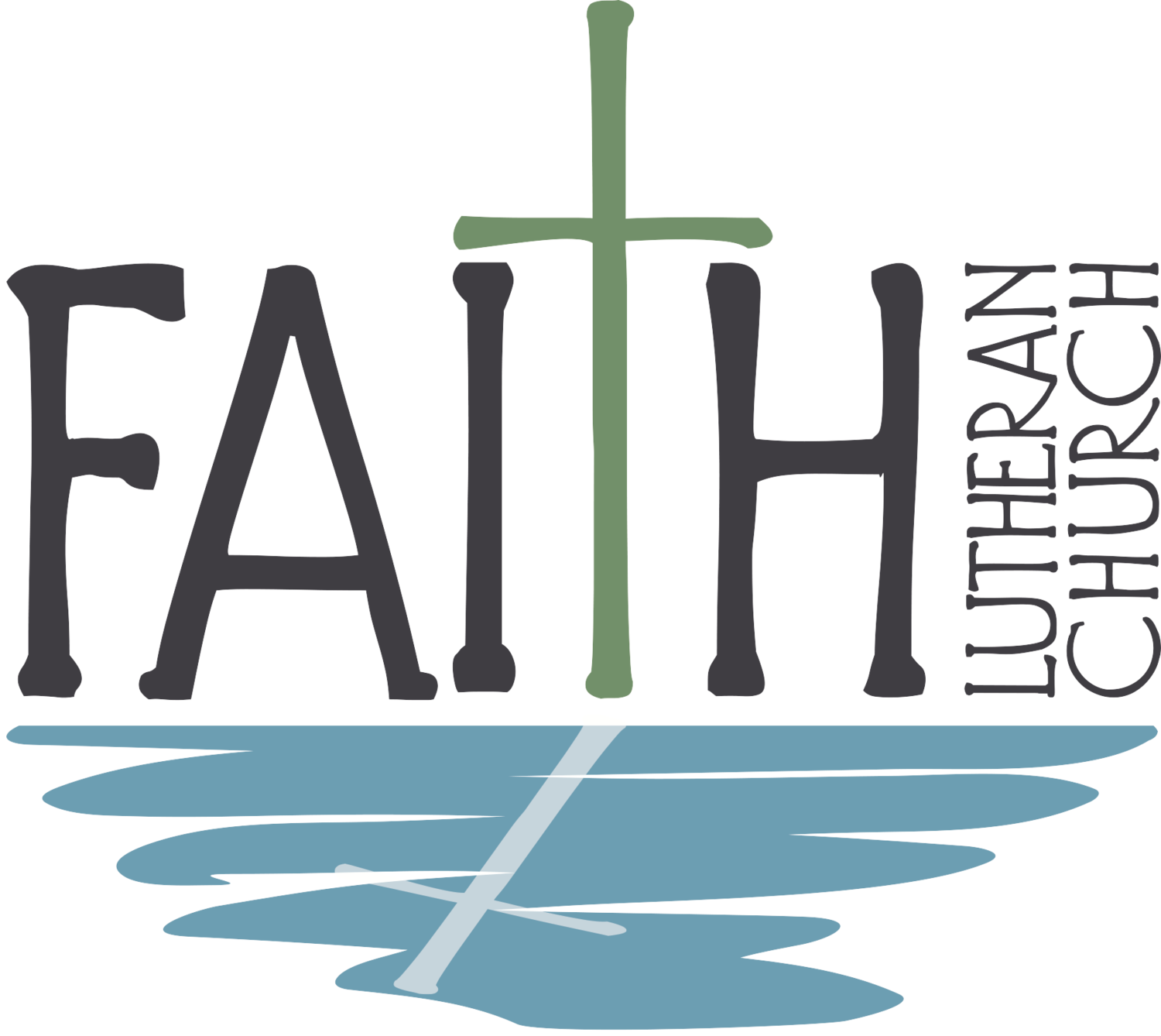In the summer of 2021, the remains of 215 bodies were found outside a boarding school for Indigenous children in Kamloops, B.C., even as the remains of 9 children were repatriated to the Rosebud Sioux in South Dakota from a boarding school in Pennsylvania. We are faced with the reality that for nearly 100 years the U.S. government and white settlers forcibly removed children from their families in order to assimilate them into white, “good Christian” culture. Our Native American and Alaskan Native neighbors still suffer deeply from the scars of this trauma and its lasting effects on their individual and community wellbeing.
This congregation is a member of the Evangelical Lutheran Church in America (ELCA), whose Northern European forebears settled across the Great Plains and into the Pacific Northwest in the late 19th and early 20th centuries, displacing the tribal residents of the lands we homesteaded. But we also made friends: members of tribal peoples joined our congregations. And in 2021 the ELCA American Indian/Alaska Native Lutheran Association asked ELCA churches to hang orange banners in sanctuaries or other prominent places to recognize, remember, and honor the lives of children lost to the boarding school system, the generational trauma incurred by this sin, and our commitment to learn from the past and make amends as best we are able.
Faith’s orange banner features the handprints of our members and words that express our commitment to listen, lament, and love our Indigenous Neighbors. We hung it on Reformation Day 2021, and it will be up through June 2022—a bit more than one day for each child found or returned last summer. Its design was inspired by the University of Victoria’s 2021 Orange Shirt Day “Heart and Hands” emblem, created by UVIC’s Audain Professor of Contemporary Art Practice of the Pacific Northwest, Carey Newman. Newman writes:
"This design was made to honour the children who died in residential school. The hearts express love for all those in unmarked graves and compassion for the families and communities who waited for them to be found. The small and colourful hands remind us of the uniqueness and beauty of every child. Taken together, they represent our commitment to listen to our hearts and use our hands, to do the work that needs to be done.
The visceral confirmation of Survivor accounts that has come from locating these graves has affected many of us on an emotional level. It has changed the way that many people think and feel about our histories and current realities in Canada."
- Artist Carey Newman Hayalthkin’geme (Kwakwaka'wakw/Coast Salish) on "Hearts and Hands"


